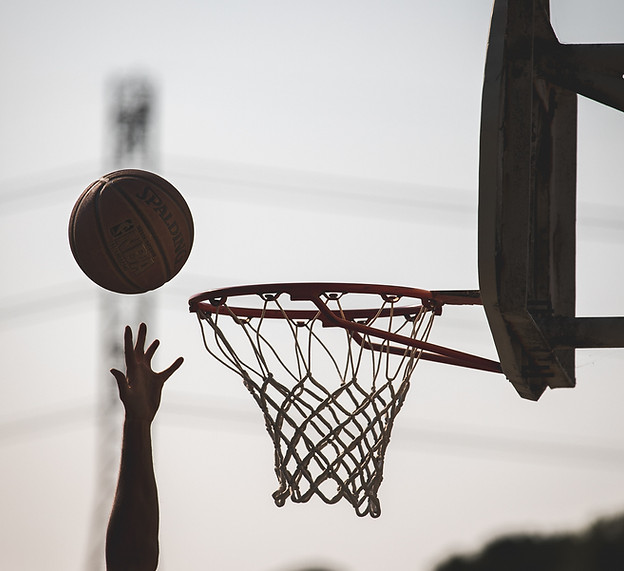

Backyard Basketball Academy



Our Vision
Vision
Backyard Basketball Academy Inc. is a grassroots Nonprofit Organization created to inspire our community of young athletes and build a lifelong connection to sport. We are a Canada Basketball Verified Club that is committed to providing a safe, welcoming, and inclusive environment for athletes to strive for excellence and become better versions of themselves. We are humbled by our responsibility to our community and work to provide opportunity for all youth to play basketball without limitation or barriers. We show up to lead and serve with courage and compassion, to work hard at improving our whole selves, and to contribute to a meaningful work in the lives of our athletes.
Mission
To provide quality coaching and play a significant role in the skill and character development of our next generation of athletes. To empower our athletes and create space to learn, grow, and build confidence so that together we can accomplish incredible things on and off the court.
Core Values
-
Have Fun on Purpose.
-
Treat everyone with dignity and respect, be kind to everyone we encounter.
-
Commit to ongoing excellence and develop our diverse talents, initiative, and leadership.
-
Act with uncompromising honesty and integrity in all that we do.
-
Provide quality programming to all in our community and limit barriers for participation.
"Success comes from knowing that you did your best to become the best that you are capable of becoming."
-John Wooden
Excellence Takes Time
Acknowledgment of Traditional Territory
Backyard Basketball Academy is home to a diverse and welcoming community. We celebrate our Indigenous heritage, including the ancestral lands on which our Academy is located today.
We acknowledge that the land we are situated on is the traditional territories of the peoples of Treaty 6. We respect the histories, languages and cultures of the First Nations, the Métis, the Inuit, and all the First Peoples of Canada who share a history and deep connection with this land. And all those whose footsteps have marked these lands for centuries and whose presence continues to enrich our vibrant community.
To acknowledge the traditional territory is to recognize its longer history, reaching beyond colonization and the establishment of European colonies. As well, as its significance for the Indigenous peoples who lived and continue to live upon this territory, whose practices and spiritualities were tied to the land and continue to develop in relationship to the land and its other inhabitants today.



